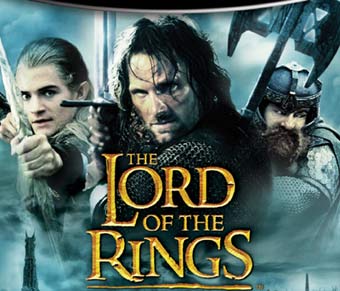3. Character Point of View
| |
(iv) INTRODUCING NEW POINTS OF VIEW |
How many points of view do you need? Unlike modern literary fiction, genre fiction doesn’t multiply points of view to prove how differently individuals experience the world, only when such differences matter to the story.
There’s also the practical goal of covering events beyond the experience of any one character. Multiple points of view are natural to large-scale epic fantasy, where the story spreads out into many locations and many strands.
So how to introduce a new point of view? Literary writers discovered a simple way to do it: make a section or chapter break, then dive into the new POV without explanation. It’s like re-launching the novel in a new place. The technique works, and it’s available for genre writers too. The only proviso is that, if you’re going to do it, you should probably set the pattern early.
Side-note: setting the pattern early is relevant to many choices of structure and formatting. Let the reader know what the norms are for this particular novel. It would be disconcerting if all chapters in the first half of the novel were around 3 pages long, then all chapters in the second half were around 30. If you want to alternate between those extremes, best start doing it early.
So the technique of diving in without explanation is available for genre writers—but it’s not very reader-friendly. It’s especially unfriendly when the new point of view characters inhabits a new location or opens up a new strand of story. Other things being equal, I prefer to introduce characters from the outside first, so that reader has some understanding of who they are and how they fit in. When we later enter their individual point of view, we know what we’re getting into.
Lord of the Rings is a classic example of multiplying points of view, as and when needed. We start with Frodo, who gathers companions: first Sam, Merry and Pippin, then Strider, then Legolas and Gimli. Gradually, these companions turn into independent POV characters, carrying the story out into different narrative strands. But we’re always given time to become familiar with each character before we’re asked to share their perceptions and thoughts.

I think that’s an excellent strategy when you need broad coverage for a whole fantasy world. Let the reader see through the eyes of the protagonist first; then create an interest in and emotional attachment to some other characters in the protagonist’s life; then follow up on those characters and let them carry the point of view into areas where the protagonist can’t—or doesn’t have time—to go.
|





